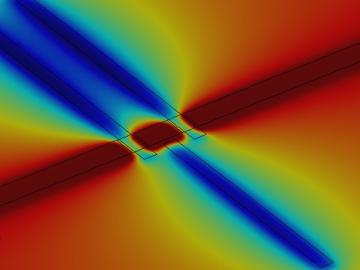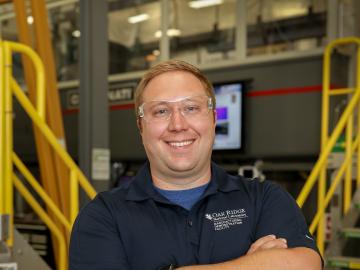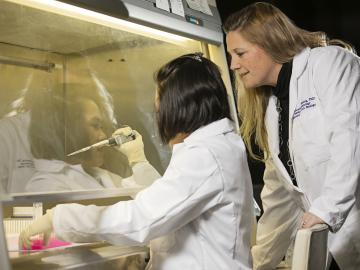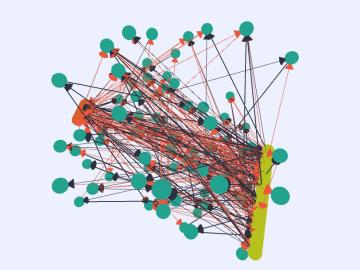
Filter News
Area of Research
News Type
Date
News Topics
- 3-D Printing/Advanced Manufacturing (2)
- Big Data (1)
- Biology (1)
- Biomedical (2)
- Clean Water (1)
- Composites (1)
- Computer Science (4)
- Critical Materials (1)
- Cybersecurity (1)
- Energy Storage (1)
- Environment (2)
- Fusion (3)
- Grid (1)
- Isotopes (1)
- Materials Science (8)
- Mercury (1)
- Microscopy (3)
- Molten Salt (3)
- Nanotechnology (6)
- Neutron Science (5)
- Nuclear Energy (6)
- Physics (5)
- Polymers (3)
- Quantum Science (1)
- Security (3)
- Space Exploration (1)
- Transportation (4)
Media Contacts

Dan Jacobson is illuminating the workings of biological systems from the molecular scale up by leveraging Oak Ridge National Laboratory’s supercomputing resources to create machine- and deep-learning techniques more easily understood by humans


A novel method developed at Oak Ridge National Laboratory creates supertough renewable plastic with improved manufacturability. Working with polylactic acid, a biobased plastic often used in packaging, textiles, biomedical implants and 3D printing, the research team added tiny amo...

A new system being developed at Oak Ridge National Laboratory will help builders and home designers select the best construction materials for long-term moisture durability. “It has become challenging to make informed decisions because of modern building code requirements and new ...

Yarom Polsky’s diverse background in private and public-sector research has given him a knack for recognizing opportunities to advance the state-of-the-art, and he parlays that knowledge into successful innovation as an engineer, group leader, and

Brian Post came to the Department of Energy's Oak Ridge National Laboratory looking for a way to combine his interests in controls engineering and robotics, and he found it at the Manufacturing Demonstration Facility (MDF), where he and his colleagues are revolutionizing 3D-printi...

At the Department of Energy’s Oak Ridge National Laboratory, Olufemi “Femi” Omitaomu is leveraging Big Data for urban resilience, helping growing cities support future infrastructure and resource needs. A senior research scientist for ORNL’s Computational Sciences and Engineeri...

Material surfaces and interfaces may appear flat and void of texture to the naked eye, but a view from the nanoscale reveals an intricate tapestry of atomic patterns that control the reactions between the material and its environment. Electron microscopy allows researchers to probe...




